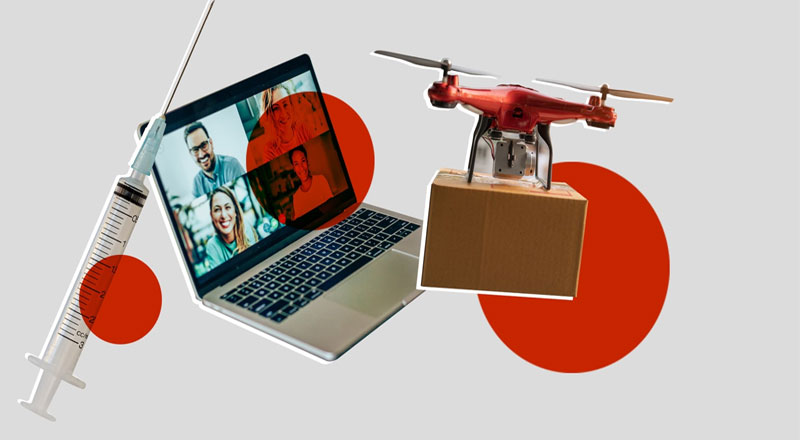Technological advancement continues, however we have seen in recent years, rather than heralding the emergence of completely new technologies, the trends we see for 2021 are shaped by how and why technologies are used, and the associated implications. While the COVID-19 pandemic had taken hold in many countries before the end of 2019, few would have predicted the enormous impact it would have across the world throughout 2020. Within a short space of time, our way of life, working practices and business operations were upended. Travel restrictions, social distancing rules, increased hygiene requirements and the pressure placed on health services all affected our business and the security sector.
Dealing with the impact on our own business and workforce – with employee health and safety at the forefront – we also saw new use cases emerge for our technology and solutions, in addition to new ways of working, that will continue into 2021 and beyond. Customers and end users are demanding transparency around how tech is used and how data is managed, especially with increased surveillance. This, together with the need to maintain privacy, will be a key challenge. Renewed discussions around trust will directly impact how organizations in all sectors actively demonstrate why they are trustworthy. Due to its nature, the security sector will be under even more pressure to double down on its efforts in this area.
The world goes horizontal, Driven by a desire to achieve optimal performance, scalability, and flexibility, along with the benefits of accessing and using data at any time and from anywhere, the next year will see momentum towards horizontal integration between environments.
Due to the potential high financial returns and disruption of critical infrastructure, new capabilities, tactics and threats will continue to emerge and require constant vigilance. AI will be employed by cybercriminals as much as in any sector, strengthening their ability to find and exploit vulnerabilities. Deep fakes will become even more sophisticated and realistic, potentially calling into doubt video surveillance evidence. As a result further developments in methods to verify content, devices and applications in order to maintain trust in their authenticity will be required. Advancements in cybercrime will also extend to tried-and-true methods such as phishing lures which will become more difficult to spot. As a result, employees will be even more susceptible to these types of attacks and constant education and reminders of best practice in cybersecurity will, as ever, be needed.
We’ve been talking about AI for so long that some might question its validity as a trend. But with Machine Learning (ML) and Deep Learning (DL) now broadly available in surveillance technology, the implications of its use will be a factor in 2021.Technology will support how these are monitored and enforced, driven by hygiene concerns and social distancing. As a result, the implementation of low- or no-contact technologies, especially in areas such as access control, will increase. In addition, surveillance solutions with people-counting capabilities will become the norm, to ensure adherence to social distancing regulations.
Everyone must ensure that your organization stays ahead of technology innovations, regulations and an ever-changing risk landscape. New risks emerge every day, and your organization relies on you to foresee threats and lead a proactive, vigilant response.





